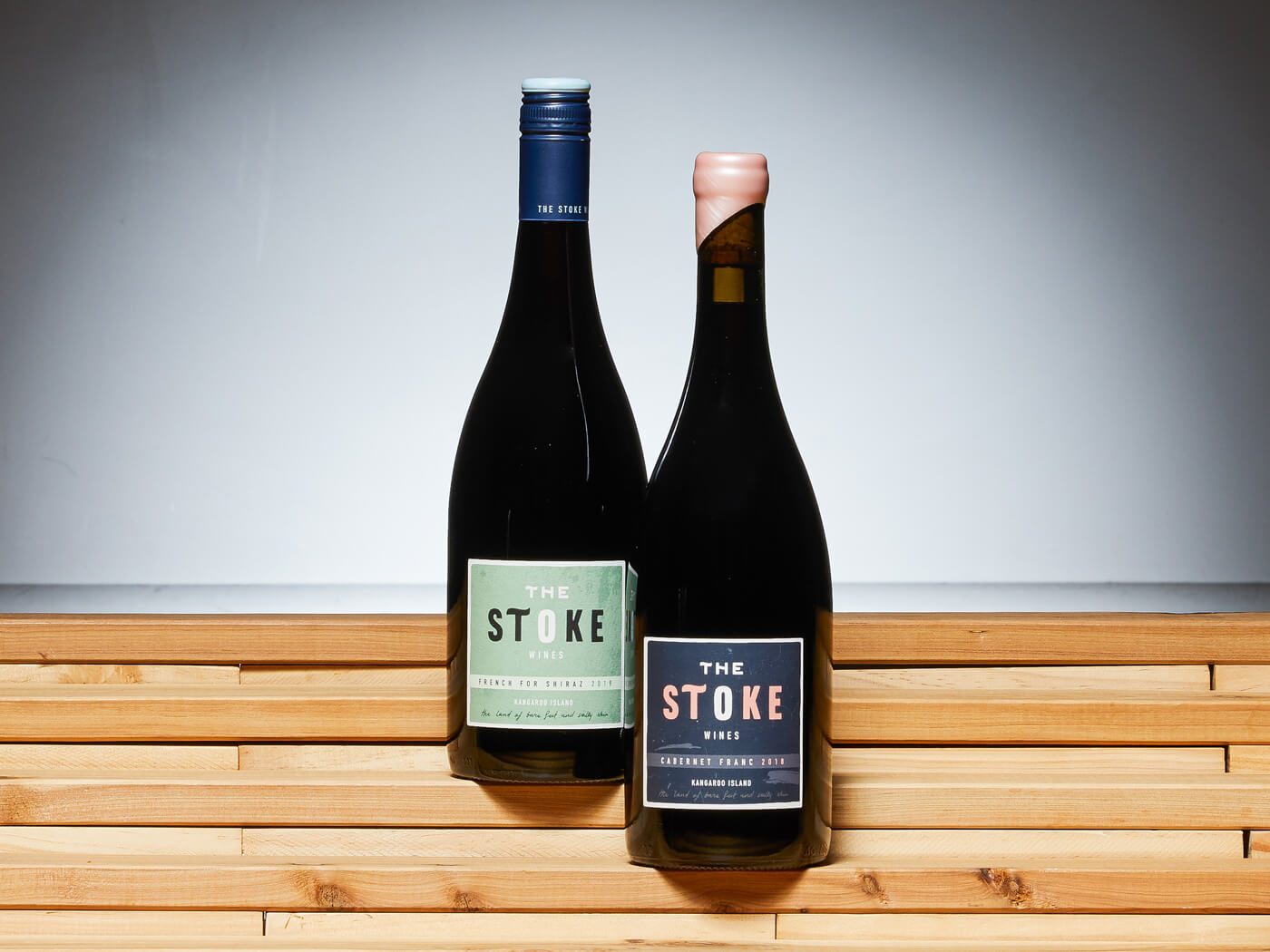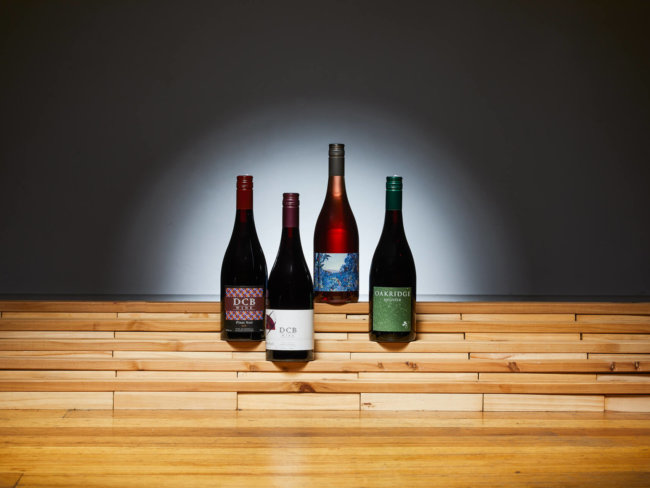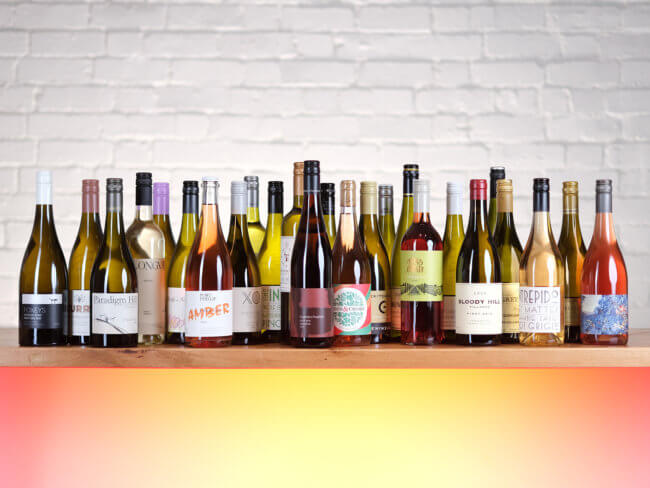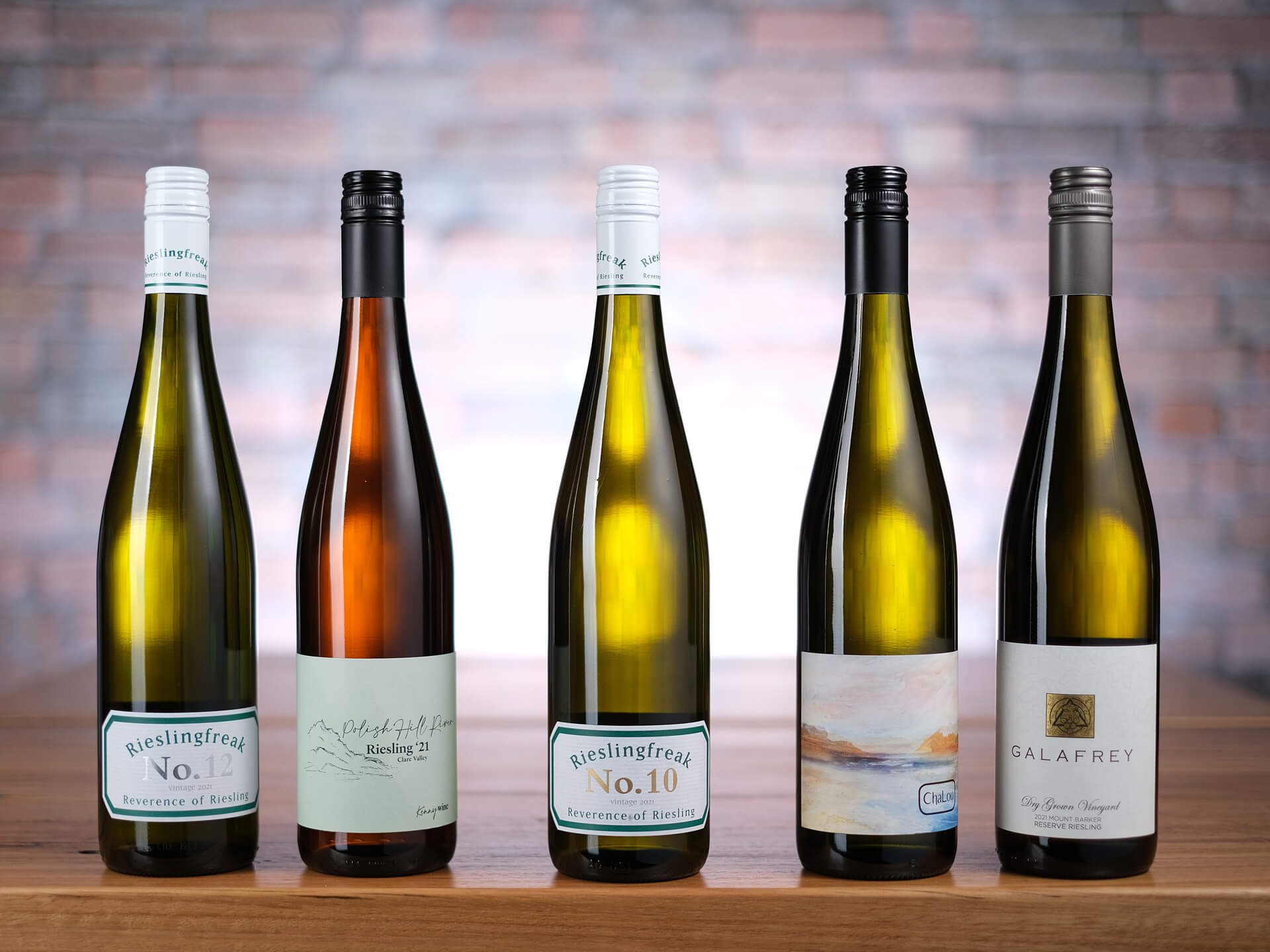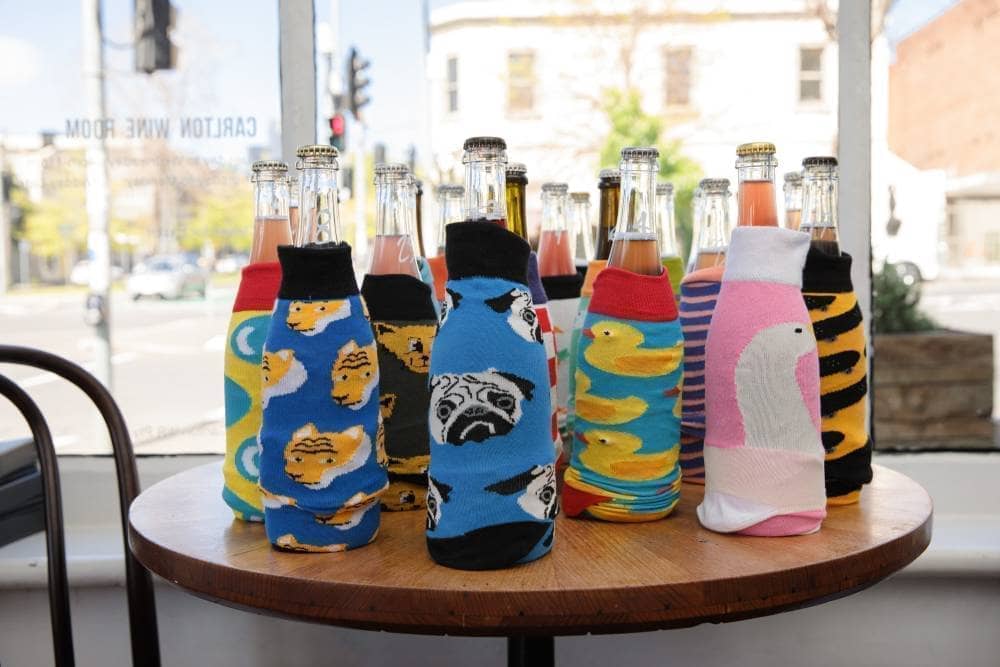Kangaroo Island is a fairly large wine region, but also a very discrete one. The Island is about 150km from east to west, and 57km at its widest point, occupying just on 4,400 square kms, but there’s not much more than 100 hectares (one square km) planted to grapes, spread near and far, and there are only a dozen or so labels dedicated to KI (as the locals call it). However, it’s a distinctive region with a diverse geological make-up, meaningful differences in elevation, and a unique maritime climate. Although it’s only 15km off the coast west of the Fleurieu Peninsula and so near to South Australia’s marquee regions, it is quite unlike any of them. This year’s Top 50 features Nick Dugmore of The Stoke.
Kangaroo Island was planted to vines in the early 1900s by Bleasdale’s Potts family, whose holdings were established by Frank Potts in nearby Langhorne Creek in 1850, that region’s first winery. Those plantings did not last, nor did subsequent forays in the 1950s and 1970s. Apparently, a voracious bird population put paid to those plans, and that same population tried fairly hard to eliminate the first ultimately successful plantings in 1985 – a lone hectare of cabernet sauvignon, merlot and cabernet franc – with the first vintage recorded in 1990.
“The island doesn’t really have a style; you can be quite experimental with what you do,” he says. “If you’re a new brand in the Adelaide Hills, you’d probably want to make a pinot or a chardonnay. Here, you’re not restricted to what’s expected of the region.”
Viticulture on the Island grew steadily over time, though there has not, as yet, been anything like a boom. Nick and Rebecca Dugmore launched their The Stoke label in 2016, with the dual purpose of making wines from the well-celebrated Adelaide Hills as well as from growers across the less-well-known Kangaroo Island. But Nick sees KI’s lack of establishment as somewhat of an advantage.
Virgin territory
“The island doesn’t really have a style; you can be quite experimental with what you do,” he says. “If you’re a new brand in the Adelaide Hills, you’d probably want to make a pinot or a chardonnay. Here, you’re not restricted to what’s expected of the region.”
![]()
The Islander Estate Vineyards, before it was hit by the bushfires in January 2020.
Arguably the most established producer on the island is Jacques Lurton’s The Islander, though sadly the devastating 2020 bushfires ripped through the entire estate. It is too early to know whether some vines will reshoot once cut back, but Lurton is committed to recovery, whatever path that takes, emphasising his deep commitment to what is a somewhat of an outsider region, though he himself is very much the insider.
Jacques worked alongside some of the most storied names of Australian wine – Len Evans, Brian Croser, James Halliday and the like – which eventually led him to Kangaroo Island in 1997. Over time, the island has become his second home, with his 280-hectare property first planted to 11 hectares of vines in 2000, enlisting the help of leading viticulturist Toby Bekkers. That a place of such raw potential lured an iconic maker, and then convinced him to stay, speaks volumes for the future of viticulture on the island.
Son of the legendary André Lurton, Jacques is one of the world’s most prominent winemakers. Born into an already famous winemaking family in Bordeaux, and working in partnership with his brother François, he was instrumental in expanding the Lurton’s traditional base into other regions of France, throughout Europe, and extensively exploring possibilities in the new world, with major estates in Uruguay, Argentina and Chile, as well as the United States – owning some 30 wineries globally.
Jacques worked alongside some of the most storied names of Australian wine – Len Evans, Brian Croser, James Halliday and the like – which eventually led him to Kangaroo Island in 1997. Over time, the island has become his second home, with his 280-hectare property first planted to 11 hectares of vines in 2000, enlisting the help of leading viticulturist Toby Bekkers. That a place of such raw potential lured an iconic maker, and then convinced him to stay, speaks volumes for the future of viticulture on the island.
![]()
Jacques Lurton amongst his vines at The Islander Estate Vineyards.
Sea breeze
Although Kangaroo Island reminded Jacques of the Languedoc in Southern France, it’s clear he also drew a parallel with the maritime climate of Bordeaux, though the cooler climate saw him favour cabernet franc over cabernet sauvignon, planting it alongside malbec and semillon, then a nod to the Rhône with shiraz, grenache and viognier, and a decent investment in sangiovese as the only non-French variety at the time.
While the mercury doesn’t plunge at night like it does in the Adelaide Hills, KI’s climate is significantly cooler than mainland sites of similar elevation. “In terms of growing, you’ve got such a long, slow ripening period because of the proximity of the ocean, with the sea breeze,” says Nick. “So, your ripening period is similar to the Adelaide Hills. I used to work in the Hills and the shiraz there at 350m ripened at about the same time as the shiraz we source on the island.”
Prior to the bushfires, Nick sourced his cabernet franc from The Islander. “We’re getting the franc from a different grower, and that’s a fair bit further east than where the fires were,” he says. “We’ve been forced to go out and develop relationships with other growers. The Islander do an amazing job, and their vineyards were perfect. They’re a really trusted source of grapes, but it has been interesting to get out and speak with the other guys.”
![]()
Nick Dugmore sees Kangaroo Island as a place that offers freedom from established winemaking conventions.
Nick believes that the regional variety of soil type, elevation and location presents myriad possibilities for the future. “It’s such a massive place, and the vineyards are scattered all over. It’s not like driving through McLaren Vale or the Hills where you see vineyards everywhere. The difference between The Islander and where we got our fruit from this year is about 60km, and it goes from 100m above sea level to 280m, so they’re very different styles. It’s a blank canvas, really. It’s exciting.
And while he believes that the potential is immense, with many varieties potentially suitable, some of those formative plantings were prudent, with syrah, sangiovese and cabernet franc well suited. “We can do whatever at the moment, but to get some longevity and integrity, you have to pick a variety that works well, and I think it’s probably cab franc. But now there’s probably two tonnes of cab franc grown on the island,” Nick says, reflecting on the loss of The Islander’s vines.
“We’ve started another brand called Guru. Charlotte Dalton is making a Kangaroo Island wine,” says Nick. “We bring the fruit over and we give it to a guru of that variety. They make the wine, and we get it out there as a bit of a promotion for the island.”
And although the temporary void left by The Islander will be a big one to fill for an emerging region, other players are being drawn to the island’s potential, such as Battle of Bosworth’s Joch Bosworth who purchased an existing vineyard in Cygnet River in the north-east – near to The Islander site – planted (1994) to chardonnay, shiraz and cabernet sauvignon, and has recently set up a cellar door. And while Nick and Rebecca have long-term dreams of their own cellar door to promote the island, their current project is a more achievable celebration of KI.
“We’ve started another brand called Guru. Charlotte Dalton is making a Kangaroo Island wine,” says Nick. “We bring the fruit over and we give it to a guru of that variety. They make the wine, and we get it out there as a bit of a promotion for the island.” It’s a nimble piece of thinking, an ego-free co-lab taking the island to the doorstep of the new wave, and a space to watch.
The Wines
2019 The Stoke ‘French for Shiraz’
Fragrant in whole berry/bunch ferment way, with spice creeping up the pristine red and black-berried notes. There’s fresh blackberry, hints of leafy, peppery spice, blueberry skin, ripe raspberry, some violet and a brush of bracken. This is mid-ish-weight, but it’s got fruit appeal and weight, too. It’s spicy and bright, slurpable, but also a bit more serious than that. The flavour carries for a long time, and it’s unencumbered with any apparent oak.
2018 The Stoke Cabernet Franc
Lifted and fragrant, with wild raspberry, cracked pepper, red florals, blackberry, cassis, dusty spice and a prudent drop or two of Worcestershire sauce. You can feel a little whole bunch here, with some elevated spice and a sheath of pithy tannin playing under the supple, textural palate. There’s juiciness to the mid-weight feel, with drinkability to the fore.
See the full list of Top 50 winemakers in the 2020 Young Gun of Wine Awards here. Join in our virtual events here, and also vote on who wins the People’s Choice until June 1.




